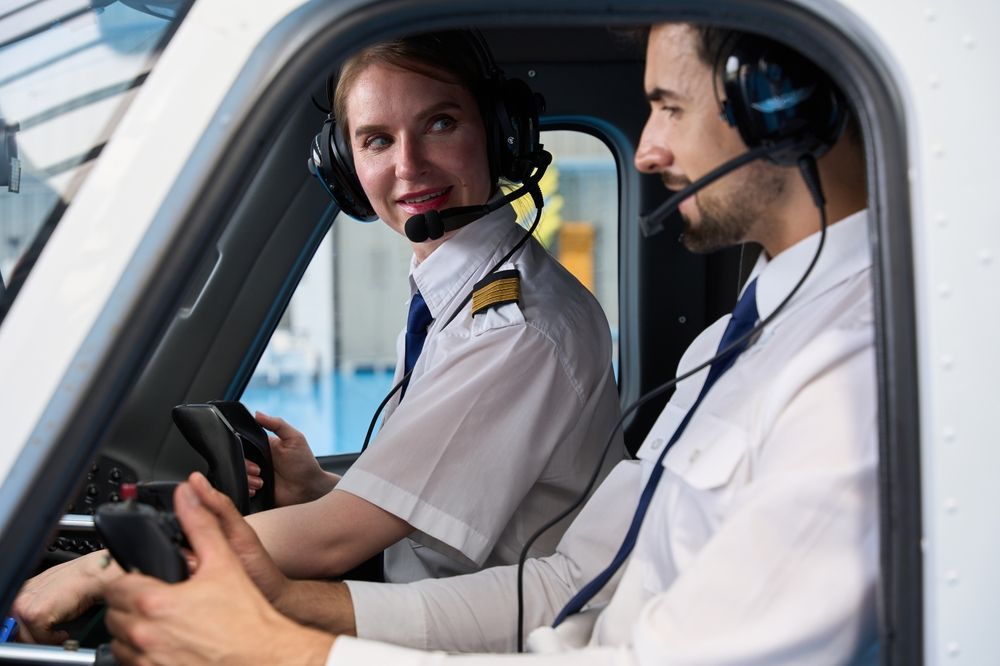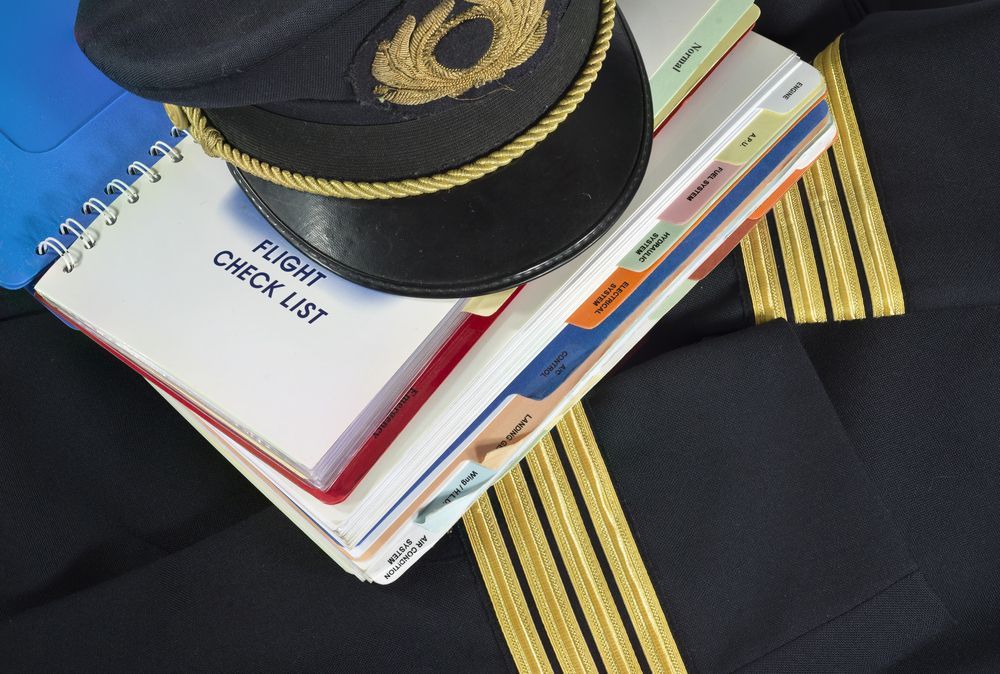Pilot Shortage & Pilot Employment Opportunities 2025
Share this article:
The aviation industry is facing an unprecedented
pilot shortage in 2025, creating ripple effects across airlines, training programs, and aspiring pilots alike. Driven by retirements, industry growth, and the rebound in travel demand post-pandemic, this shortage is creating new urgency within the aviation sector. For those dreaming of a cockpit career, this moment is bursting with opportunity. Airlines are expanding recruitment efforts, increasing pay, and seeking well-trained candidates at record levels. If you’ve ever considered becoming a pilot, 2025 may be the best time to take flight—and JA Flight is here to help you get off the ground.
Understanding the 2025 Pilot Shortage
The roots of the 2025 pilot shortage stretch back decades. As thousands of senior pilots retire, a gap is forming that isn’t being filled fast enough. FAA regulations require pilots to retire at age 65, and with a large portion of the current workforce reaching that milestone, the industry is losing talent faster than it can be replaced. Compounding this are high training costs, limited access to flight schools, and a previously sluggish pace of new pilot certification.
According to aviation industry forecasts, North America alone will need tens of thousands of new pilots over the next decade. The demand isn't just for commercial airlines but also corporate aviation, charter services, cargo operations, and even flight instruction roles.
Pilot Employment Opportunities in 2025
In 2025, the employment landscape for pilots has never looked brighter. Airlines are offering signing bonuses, improved work schedules, and fast-track career progression to attract new talent. Major and regional carriers alike are expanding their hiring pipelines to include graduates from collegiate aviation programs, independent flight schools, and military veterans transitioning to civilian careers.
Corporate aviation is another growing sector. As private travel booms, companies are in need of skilled pilots to operate business jets. Meanwhile, air cargo carriers, bolstered by the e-commerce explosion, are also recruiting heavily.

Flight instructors are in high demand, too. As more students begin training, the need for CFIs (Certified Flight Instructors) has skyrocketed, offering a stable and rewarding entry point for those looking to build flight hours and gain experience.
Navigating the Path to Becoming a Pilot
Becoming a pilot involves a clear but rigorous journey. Prospective aviators begin with a Private Pilot License (PPL), followed by an Instrument Rating, Commercial Pilot License (CPL), and often a Certified Flight Instructor (CFI) certificate. To qualify for airline roles, pilots typically need an Airline Transport Pilot (ATP) certificate and a minimum of 1,500 flight hours
.
For those entering the field today, structured programs like those offered through Liberty University in partnership with JA Flight Training provide a fast and efficient pathway. These programs combine academic instruction with hands-on flight experience and are designed to help students progress smoothly toward their professional goals.
Strategies for Aspiring Pilots
If you're considering a career in aviation, here are some key strategies:
- Choose the Right Training Program: Look for FAA-certified flight schools with experienced instructors, modern fleets, and partnerships with universities or airlines.
- Plan Your Finances: Flight training is an investment. Research scholarships, grants, and financing options.
- Build Hours Smartly: Becoming a flight instructor is a strategic way to build flight hours while getting paid.
- Stay Informed: The aviation landscape is dynamic. Keep up with industry trends, hiring forecasts, and regulatory changes.
- Network: Attend aviation events, join professional organizations, and connect with mentors who can guide your journey.
The Role of Flight Schools in Addressing the Shortage

Flight schools are at the heart of solving the pilot shortage. Institutions like JA Flight Training play a critical role by providing accelerated, career-focused programs that produce competent and confident pilots ready to enter the workforce.
Our affiliation with Liberty University allows students to earn a bachelor’s degree while completing their flight training. This integrated approach ensures students graduate with the academic credentials and practical experience that airlines are actively seeking. Additionally, our internship opportunities and local aviation partnerships offer valuable real-world exposure.
Future Outlook and Opportunities
Looking ahead, the pilot shortage is expected to persist for several years, driven by global travel growth and an aging workforce. The U.S. Bureau of Labor Statistics projects strong job growth for airline and commercial pilots, with thousands of openings each year.
New technologies, including electric aircraft and AI-assisted flight systems, will also create new roles and skill requirements within aviation. Pilots who train now will be well-positioned to lead this next wave of innovation.
The Sky Has Never Been More Open
The pilot shortage of 2025 may present challenges for the industry, but for aspiring aviators, it signals unmatched opportunity. The skies are calling louder than ever—and JA Flight is your trusted partner to help you answer.
Whether you're a student, a career changer, or simply someone who has always dreamed of flying, there's never been a better time to act. With world-class instruction, university partnerships, and a focused career path, JA Flight Training gives you every advantage.
Your future as a professional pilot starts here.
Contact us today to learn more or enroll in one of our programs and take the first step toward a career above the clouds.
Connect with Us:



